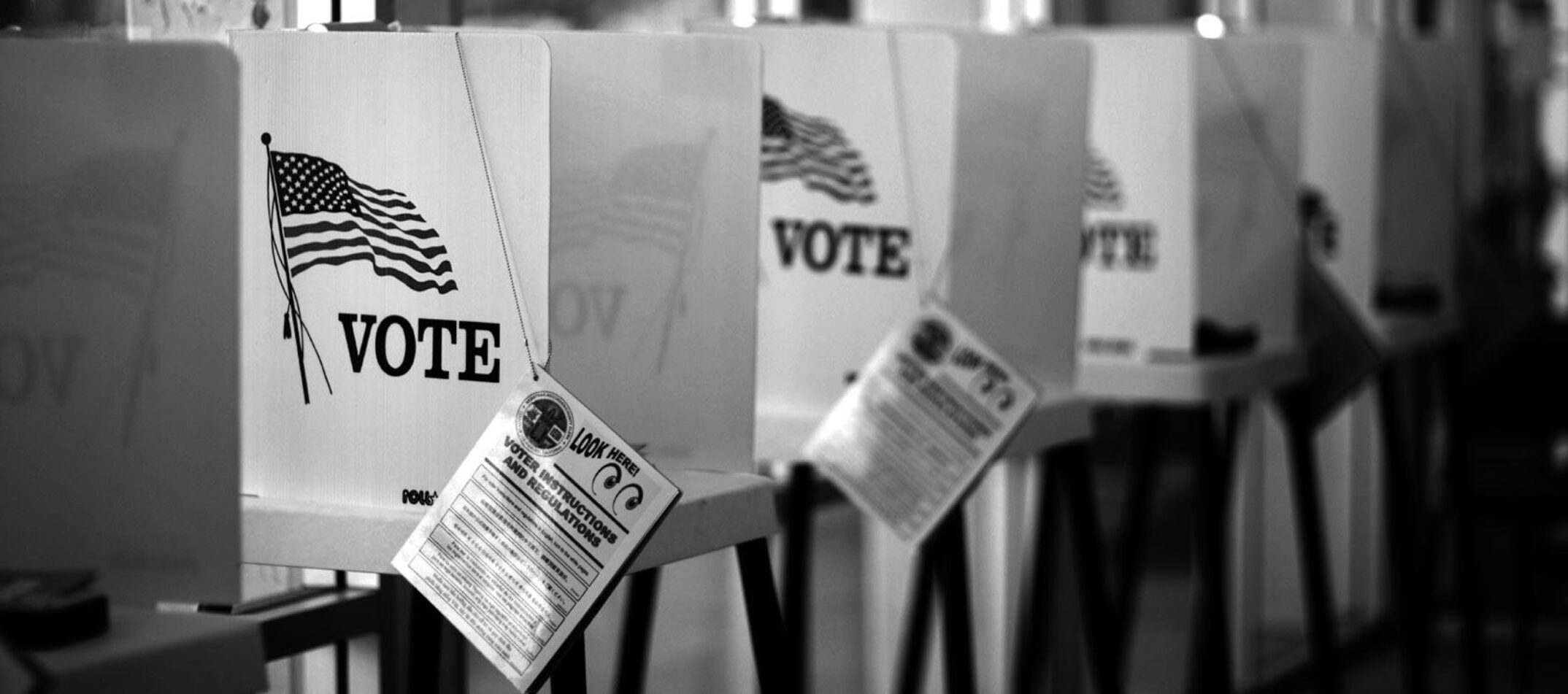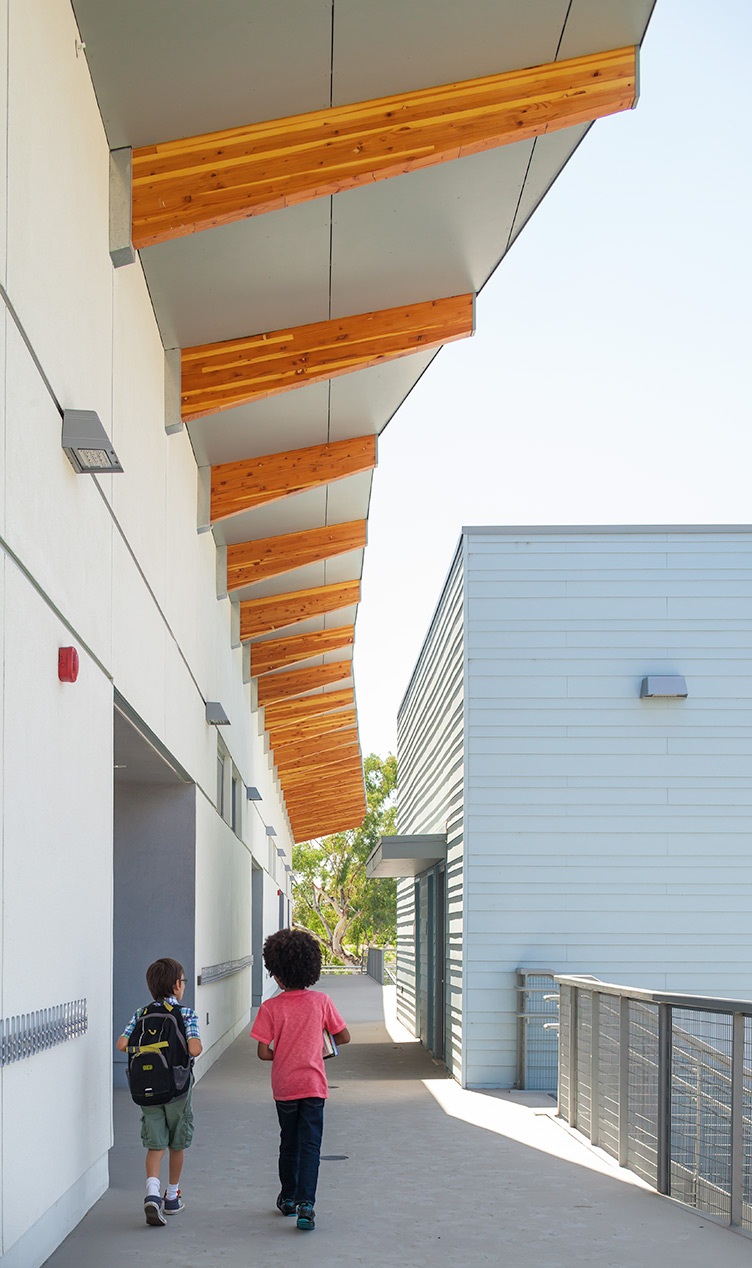The Formula: A Formula for Election Day Success

Vote Yes! for School Bonds and Levies
School districts are in the throes of planning local bond measures for November 2016, or for 2017 and beyond. It takes skill and experience to translate a school district’s needs into bond campaigns that garner support by their respective communities. As school facility planners and designers, we know a successful campaign depends on early planning and communication, and they have one thing in common: the school districts prepare facilities master plans and reach out to their communities to provide the residents with the information they need to make an informed decision on Election Day.
Plan for success. A well-prepared facilities master plan prepared by a firm that specializes in school facility planning provides an outline of district goals, an inventory of the condition of a district’s schools, projects necessary to implement significant improvements, prioritization of the projects, and costs. When we prepare facilities master plans for school districts, we invite stakeholders and the community to be part of a collaborative process. By getting their input and buy-in early on, those constituents become our bond evangelists, and that leads to a ‘yes’ vote at the polls.
The collaborative planning process, a collective purpose, and a solid, defensible document is the first step in communicating and educating your voters on the importance of a bond measure because it helps them understand how the money will be spent.
Understand the demographics. Parents and grandparents of public school students make up a minority of a community’s voters. Between 70% and 80% of those who go to the polls usually have no direct, personal connection to their local school district. Therefore, the success of a school bond hinges on convincing these voters to agree to an increase in their property taxes for the benefit of students and teachers who they’ve never met and have no emotional connection. So you have to appeal to their civic responsibility.
What’s in it for me? Voters won’t vote for a bond unless they feel that the new funding will resolve an urgent situation that affects the entire community. A situation that only the voters themselves, and money, can fix.
The district’s responsibility is to convince the public—especially those with no kids at home—that this urgency exists by communicating the state of their school facilities. Most often this includes campus and school room overcrowding, lack of educational technology, obsolete science laboratories, and classrooms without adequate air conditioning. Many aging campuses also lack space where 21st Century teaching and learning can occur; have safety and security deficiencies; and myriad other issues. Voters also need to understand the ramifications down the line if the conditions aren’t improved. For example, inadequate educational facilities could impact the future workforce and that could affect corporations, companies, and the local economy.

Playa Vista Elementary School, Los Angeles - NAC

Franklin Elementary School, Glendale - NAC
Educate the public. Communication of a clear vision is essential. Here are some outreach strategies a district can implement to communicate its needs and, in essence, promote the bond measure:
- Establish a community-based citizens committee to examine the district’s facility situation and report to the School Board and the rest of the residents. If well-respected figures such as the Chamber of Commerce president or the chair of the local Board of Realtors say that the community’s classrooms are inadequate for the local community’s educational needs, this will have a major impact on fellow residents.
- Make sure that every campus in the district will benefit from the bond. Then every neighborhood will have reasons to support the campaign.
- Mention the facility deficiencies constantly. Whether it’s at School Board meetings or gatherings of local service clubs, the Superintendent should be talking about little else but the poor conditions at the district’s schools.
- Explain the sense of urgency. The district has an obligation to share important information about current issues—including the facility deficiencies—with the community. This can be done through websites, videos, testimonials, newsletters, social media and other avenues.
- The voting public won’t support what they can’t visualize. A picture is worth a thousand words, and architects and designers can prepare renderings and diagrams depicting how recommended improvements will transform aging facilities into centers for 21st Century learning. Using those renderings and information gleaned from the master plan, graphic designers skilled at creating targeted websites, blogs, posters, and pamphlets aimed at garnering participation can help in getting buy-in from the local community.
Who can you turn to for help? There are a variety of consultants that can assist in different aspects of bond campaign preparation: campaign consultants, pollsters, program managers, and architects that specialize in school facility planning and design.
NAC’s team, which includes former school district staff members, planners, architects, designers, and graphic designers, has helped several local school districts pass their bonds. Let us know if we can help you.
And, remember this formula for success: Planning + Communication + Campaign = Success on Election Day
Good luck on November 8th!

